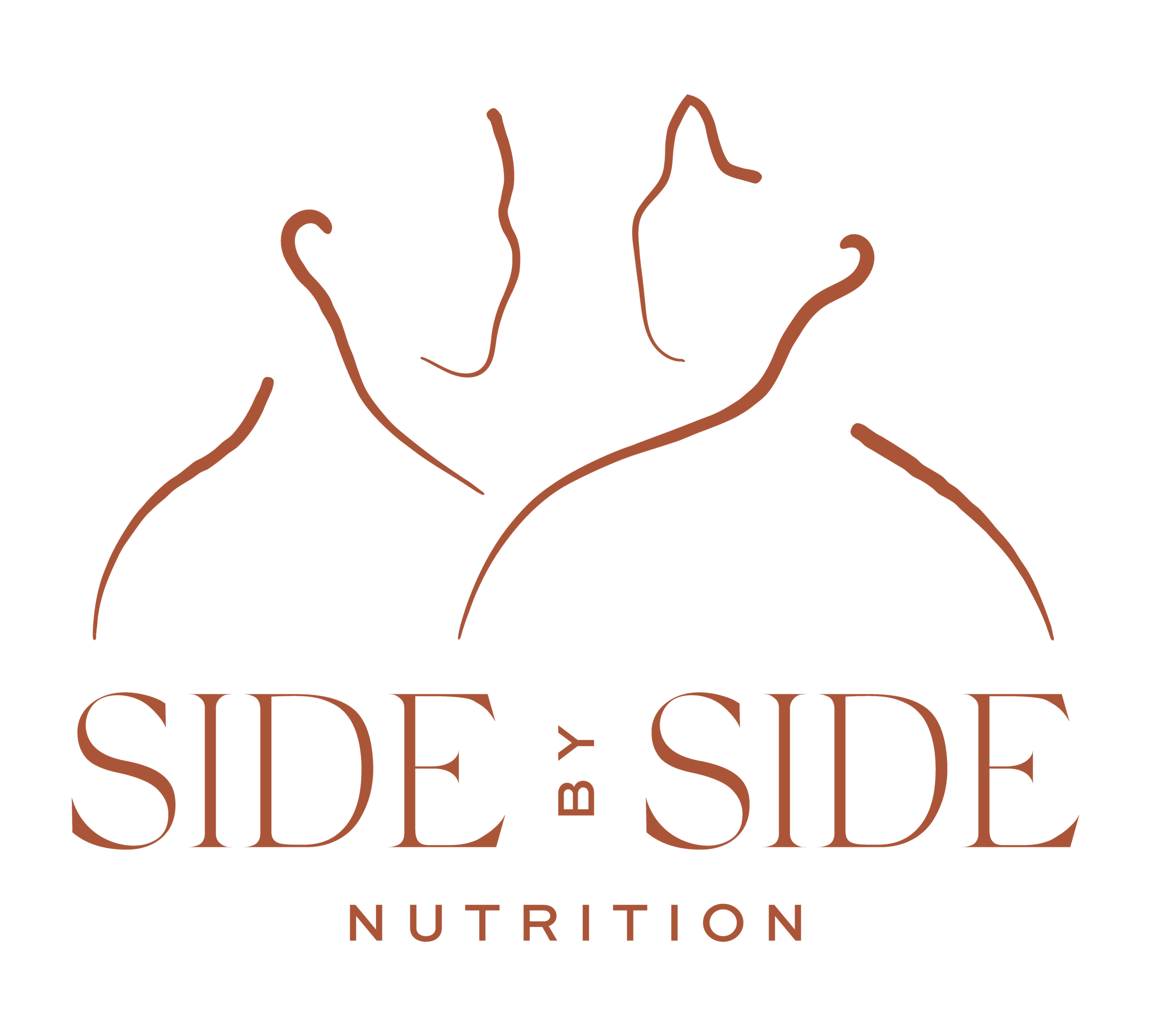What is Anorexia Athletica, Colorado & Washington Dietitian Awareness
What is anorexia athletica?
Anorexia athletica, or exercise anorexia, is an eating disorder (ED) similar to anorexia nervosa (AN). Folx with AN or bulimia nervosa (BN) can often struggle with anorexia athletica behaviors (i.e., excessive exercise). However, there are some very important differences between anorexia athletica (AA) and these other ED diagnoses.
What are the differences between anorexia athletica and other eating disorders?
While not officially recognized in The Diagnostic and Statistical Manual of Mental Disorders, Fifth Edition, Text Revised (DSM-5), AA can have profound physical and psychological effects on the individual.
Folx struggling with AA often use excessive exercise as a way to compensate for eating or as a means of “earning” the food they eat.
Those with AA may be motivated to change their body shape/size due to body image disturbances, or they may be working towards peak athletic performance.
Like AN, those with AA may restrict overall food intake while maintaining physical activity levels, or they may increase physical activity without increasing food intake to match output. This results in an energy deficit because of the imbalance between actual energy intake and the energy expended with movement, which can lead to poor performance, poor recovery after exercise, malnutrition, and other consequences (see below).
AA often goes unnoticed due to cultural emphasis on fitness, performance, and thinness—especially in competitive or body-focused sports like wrestling, dance, figure skating, and climbing.
Symptoms of Anorexia Athletica
Using exercise to give oneself permission to eat
Using exercise to make up for eating
Body image disturbances and/or distorted body image
Low self-esteem
Not feeling satisfied with one’s body
Maintaining a strict exercise routine that interferes with other activities of daily living and/or one’s social life
Exercising every day and/or for extensive periods of time, with no rest days
Exercising in inappropriate settings
Exercising despite bad weather, injury, fatigue, or illness
Exercising in secret
Feeling anxious, guilty, or ashamed if unable to exercise
Exercising despite lack of enjoyment (i.e., not joyful movement)
Pushing oneself or over-exerting, feeling that exercise exertion is not enough
Withdrawal or isolation from others and one’s support system
What are the risk factors for eating disorders in athletes?
Risks associated with AA are due to excessive exercise and/or lack of proper nourishment to match physical activity levels. This imbalance of energy input and output can lead to serious physical and psychological effects, including:
Increased fatigue, brain fog, difficulty concentrating/focusing
Lightheadedness, dizziness
Mood disturbances (irritability)
Injuries such as stress fractures, sprains, strains, and overuse injuries
Relative Energy Deficiency in Sport (RED-S), (previously known as the Female Athlete Triad)
Arthritis
Cardiovascular complications
Organ damage and/or organ failure
Menstrual irregularities, fertility issues, and reduced libido
How Can Anorexia Athletica Be Treated?
There is no one treatment method for AA; however, like other EDs, AA can be treated using evidence-based therapeutic approaches, including:
Cognitive Behavioral Therapy (CBT)
Internal Family Systems (i.e., Parts Work).
As with other EDs, it is best to have a care team supporting the individual, including a medical doctor (MD), therapist, and dietitian. These professionals can also guide the individual to access the most appropriate level of care depending on the degree of malnutrition and/or other medical or mental health considerations.
Therapy and nutritional counseling can support individuals in exploring their relationship to food, body, and exercise, and identify disordered and harmful behaviors. Counseling can help individuals identify recovery motivations, reduce harmful behaviors, build coping skills, and adopt healthier habits. While each recovery journey is unique, recovery from AA—like other eating disorders—is possible!
Sources:
Eating disorders and athletes. National Eating Disorders Association. (2025a, March 21).
Excessive exercise. National Eating Disorders Association. (2025b, March 21).
